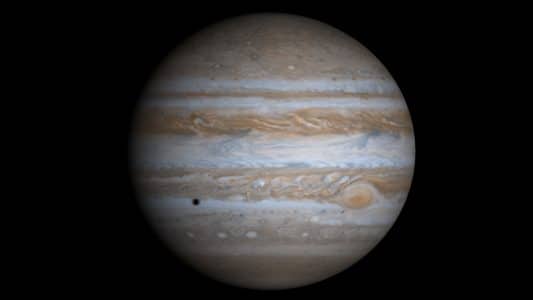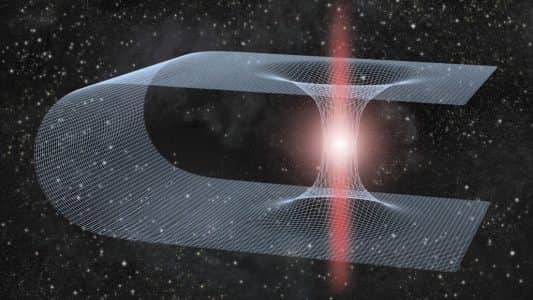Star Cluster Messier 67 Packs More Jupiter-Like Gas Giants Than Expected - Dispatch Weekly
June 18, 2016 - Reading time: 2 minutes

Using a number of telescopes and instruments, an international team of astronomers has said that the star cluster Messier 67 has far more number of Jupiter-like gas giants than expected.
The team says that the dense nature of this open star cluster causes more frequent interactions between planets and nearby stars and this could explain why they have found higher number of hot Jupiters in Messier 67. A hot Jupiter is a giant exoplanet with a mass of more than about a third of Jupiter’s mass. They are “hot” because they are orbiting close to their parent stars, as indicated by an orbital period (their “year”) that is less than ten days in duration.
Using several instruments including the HARPS spectrograph at ESO’s La Silla Observatory in Chile, Roberto Saglia at Max-Planck-Institut für Extraterrestrische Physik in Garching, Germany, and Luca Pasquini at ESO, extensively researched 88 stars in Messier 67 using high-precision measurements.
The team was looking for signatures of giant planets on short-period orbits, hoping to see the telltale “wobble” of a star caused by the presence of a massive object in a close orbit, a kind of planet known as a hot Jupiter. This hot Jupiter signature has now been found for a total of three stars in the cluster alongside earlier evidence for several other planets.
Researchers say that their findings are striking for they have found more hot Jupiters in Messier 67 than stars outside of clusters. The team if of the opinion that it is highly unlikely for these hot Jupiters to have formed at the places where they have been found for the conditions would haven been unsuitable for their formation so close to their host stars. Rather, it is thought that they formed further out, as Jupiter probably did, and then moved closer to the parent star. What were once distant, cold, giant planets are now a good deal hotter. The question then is: what caused them to migrate inwards towards the star?
There are a number of possible answers to that question, but the authors conclude that this is most likely the result of close encounters with neighboring stars, or even with the planets in neighboring solar systems, and that the immediate environment around a solar system can have a significant impact on how it evolves. In a cluster like Messier 67, where stars are much closer together than the average, such encounters would be much more common, which would explain the larger numbers of hot Jupiters found there.

DW Staff
David Lintott is the Editor-in-Chief, leading our team of talented freelance journalists. He specializes in covering culture, sport, and society. Originally from the decaying seaside town of Eastbourne, he attributes his insightful world-weariness to his roots in this unique setting.

_1.jpg)


